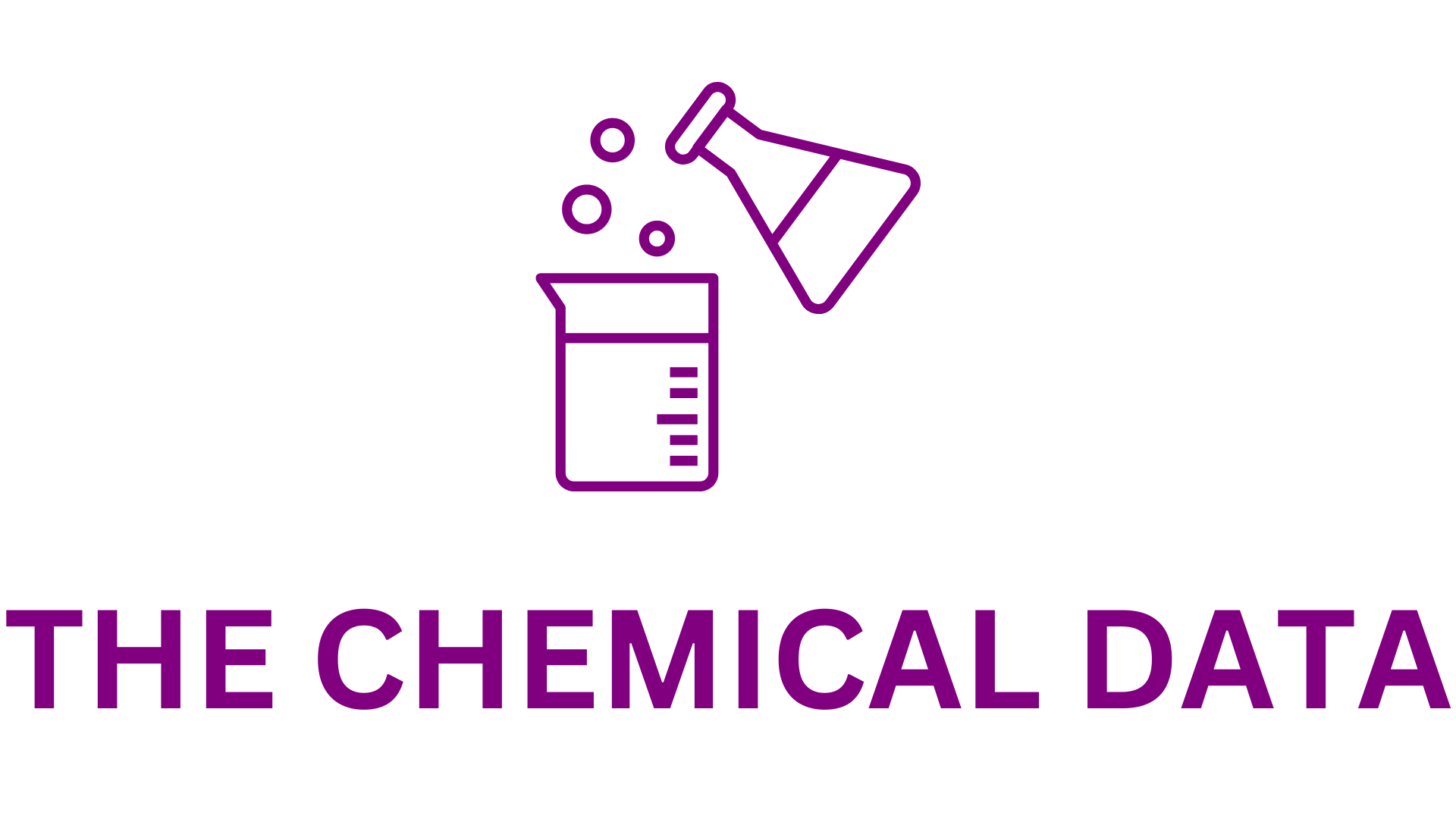
Copernic Catalysts and Schrödinger Surpass Final Milestone for Neptune™ Ammonia Catalyst, Paving the Way for More Efficient and Sustainable Chemical Production
Cambridge, MA — [Date] — Copernic Catalysts, Inc. (Copernic) today announced a major breakthrough in its collaboration with Schrödinger, Inc. (Nasdaq: SDGR), achieving the final technical milestone for their jointly developed Neptune™ ammonia synthesis catalyst. The Neptune catalyst demonstrated an ammonia yield more than two times higher than competing catalysts under real-world reactor conditions, marking a significant leap forward in industrial catalyst design and sustainable chemical manufacturing.
This achievement fulfills all the success criteria outlined in the companies’ collaboration agreement, which combined Copernic’s advanced experimental catalyst development platform with Schrödinger’s state-of-the-art computational modeling and molecular design technologies.
Revolutionizing Ammonia Synthesis
Ammonia is one of the most widely produced and essential industrial chemicals in the world, serving as the foundation for nitrogen-based fertilizers that sustain the global food supply. Despite its importance, ammonia production remains one of the most energy-intensive industrial processes, accounting for roughly one percent of total global CO₂ emissions. The conventional Haber-Bosch process, developed over a century ago, requires high temperatures and pressures, which translate to high energy consumption and significant carbon output.
Copernic’s Neptune catalyst represents a transformative step toward cleaner, more efficient ammonia production. In testing, Neptune achieved commercially relevant yields at significantly milder operating conditions than traditional catalysts. According to Copernic’s analysis, deploying the Neptune catalyst could enable up to a 47 percent increase in plant-level ammonia production capacity, corresponding to an estimated $110 million in additional annual profits for a typical large-scale facility. Moreover, the catalyst’s improved efficiency has the potential to reduce energy consumption by as much as 23 percent, significantly lowering the carbon intensity of the Haber-Bosch process.
“We believe we have developed the best-performing base-metal ammonia catalyst since the first ammonia catalyst was introduced over 100 years ago,” said Jacob Grose, Ph.D., chief executive officer and co-founder of Copernic. “By combining Copernic’s deep expertise in catalyst design and high-throughput experimentation with Schrödinger’s powerful simulation and molecular modeling methods, we’ve created a material that enables our customers to get more performance out of existing ammonia plants — reducing both costs and emissions at the same time.”
Combining Experimental Insight and Computational Power
The success of the Neptune catalyst highlights the growing importance of integrated computational and experimental approaches in materials discovery. Traditional catalyst development often relies on lengthy trial-and-error experimentation. By contrast, the Copernic–Schrödinger collaboration leveraged rational design principles, using Schrödinger’s physics-based modeling and machine learning tools to predict promising catalyst structures before they were synthesized and tested in the lab.
This combination of in silico modeling and high-throughput experimental validation dramatically shortened the development timeline and enabled a more targeted exploration of the catalyst design space. Each iteration informed the next, accelerating the process of discovering a material with truly industry-leading performance.
“Reducing the carbon footprint of ammonia and ethylene oxide production is a critical step toward decarbonizing the industrial chemical sector,” said Mat Halls, Ph.D., senior vice president of materials science at Schrödinger. “This milestone demonstrates what’s possible when computational chemistry and experimental science are applied hand-in-hand. We’re proud to have collaborated with Copernic on this accomplishment and excited to continue advancing the frontiers of sustainable materials design together.”
Scaling Up for Commercialization
With this final technical milestone achieved, Copernic is now scaling up the production of the Neptune catalyst in partnership with several toll manufacturing organizations. The company plans to conduct one or more pilot-scale demonstrations in 2026 and 2027, in collaboration with prospective customers that include some of the world’s largest ammonia producers.
These pilot demonstrations will validate the Neptune catalyst’s performance under full-scale industrial operating conditions and provide critical data to support regulatory and commercial deployment. Upon successful completion of these trials, Copernic intends to launch the first commercial sales of Neptune™ to ammonia plants globally.
“Commercial readiness is our next focus,” Grose said. “We’re now working closely with our partners to ensure the Neptune catalyst can be seamlessly integrated into existing Haber-Bosch facilities with minimal retrofitting. Our goal is to make this technology immediately practical for operators seeking to boost output while meeting increasingly strict emissions and energy-efficiency targets.”
Expanding the Partnership: Targeting Ethylene Oxide Next
Building on their success with Neptune, Copernic and Schrödinger have already initiated their next joint development project: designing a selective ethylene oxide (EO) catalyst. Ethylene oxide is a critical chemical building block used in the production of plastics, textiles, detergents, and other essential industrial products. However, EO synthesis also presents efficiency and emissions challenges due to undesired side reactions that reduce yield and increase energy use.
By applying the same integrated computational–experimental framework that proved successful with Neptune, the companies aim to develop a new EO catalyst that delivers superior selectivity, thereby maximizing output while minimizing feedstock losses and carbon emissions. Such a breakthrough could have a profound impact on the broader chemical manufacturing sector, improving profitability and sustainability in one of the world’s largest industries.
“Our collaboration with Schrödinger has shown that when we combine digital molecular design with rapid experimental validation, we can achieve results that were once thought to take decades,” Grose added. “The EO project represents another major opportunity to redefine what’s possible in catalyst innovation.”
A Vision for Sustainable Industrial Chemistry
The Neptune catalyst marks not only a scientific milestone but also a significant step toward a lower-carbon future for the chemical industry. Ammonia and ethylene oxide production together account for a large share of industrial emissions, and technologies like Neptune demonstrate a path forward that aligns economic performance with environmental responsibility.
Copernic’s mission centers on revolutionizing industrial catalysis through the combination of artificial intelligence, high-throughput experimentation, and proprietary design methods. Schrödinger’s materials science platform, grounded in physics-based simulation and predictive modeling, complements this mission by enabling an unprecedented level of insight into molecular interactions and reaction dynamics.
Together, the two companies are helping accelerate the global transition toward smarter, cleaner, and more efficient chemical processes — a crucial step in meeting global climate and sustainability goals while maintaining the productivity of critical industries.
Souce Link : https://www.businesswire.com/







